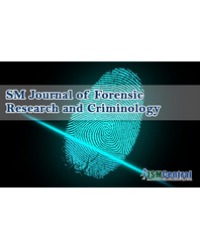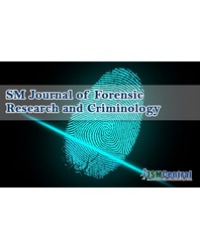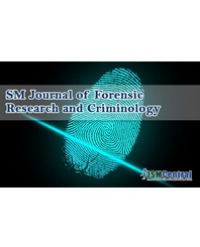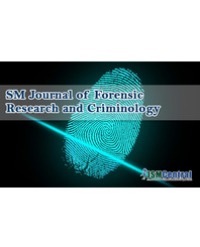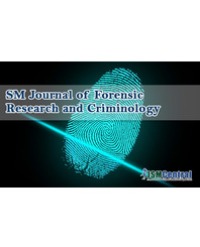
The Development of Eye Shape Photofit Database of the Chinese and Malay Population in Malaysia
The objective of this work was to study the eye shape of the Chinese and Malay in Malaysia in order to establish a photofit database for these two groups of people. A total of 188 subjects (94 males and 94 females) ranging from 18 to 25 years old were randomly chosen from the population of Universiti Kebangsaan Malaysia. The eye width and intercanthal distance of each subject were measured for eye shape classification. SPSS analysis suggested that there was significant differences in the types of inter eye distance (p<0.05) and inter eye distance measurement (p<0.01) amongst the Chinese and Malays. Gender difference was found to be highly significant across inter eye distance measurement (p<0.05) however the opposite was noted across the types of inter eye distance (p>0.05). There was also significant differences across ages for types of inter eye distance (p<0.05) whereas insignificant results were obtained across the inter eye measurement parameter (p>0.05). Two-way between group ANOVA indicated that there was no significant difference (p>0.05) between races and gender; between races and ages; and between gender and ages; for inter eye distance measurement. This study also highlighted that race and gender plays a significant role across the types of inter eye distance and inter eye distance measurement. Wide set eyes appeared to be dominant in comparison to close set eyes across both races and gender. As an outcome of this study, an eye shape photofit database representing the Chinese and Malay population in Malaysia was made possible and can be used for forensic identification purpose.
Gina Francesca Gabriel, Sri Pawita Albakri Amir Hamzah, Beh Pei Sia, Khairul Osman, Amidon Anan, Muhamad Hilmi Baba, Balkhis Bashuri and Noor Hazfalinda Hamzah¹*

